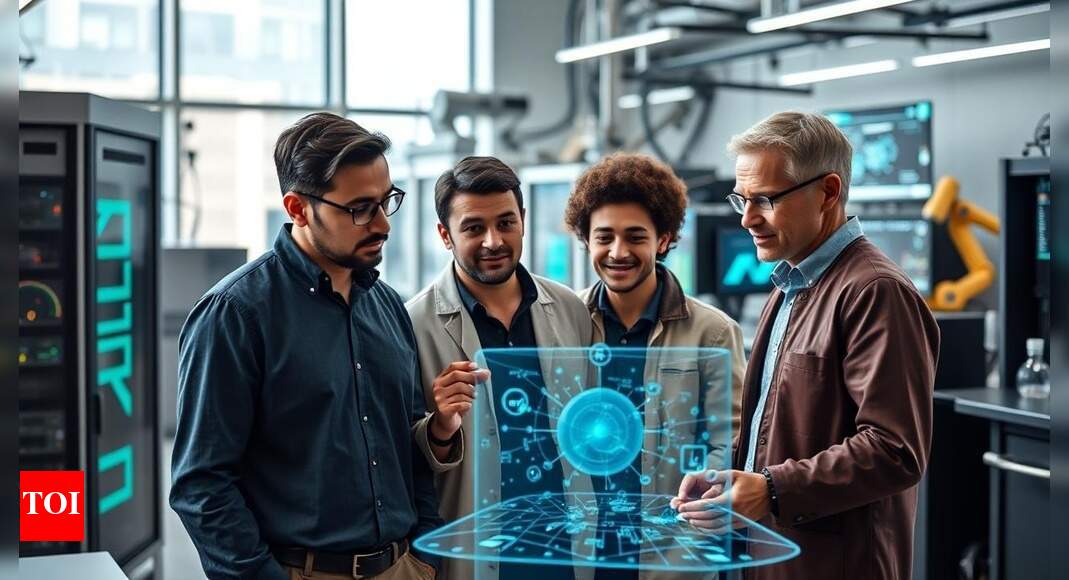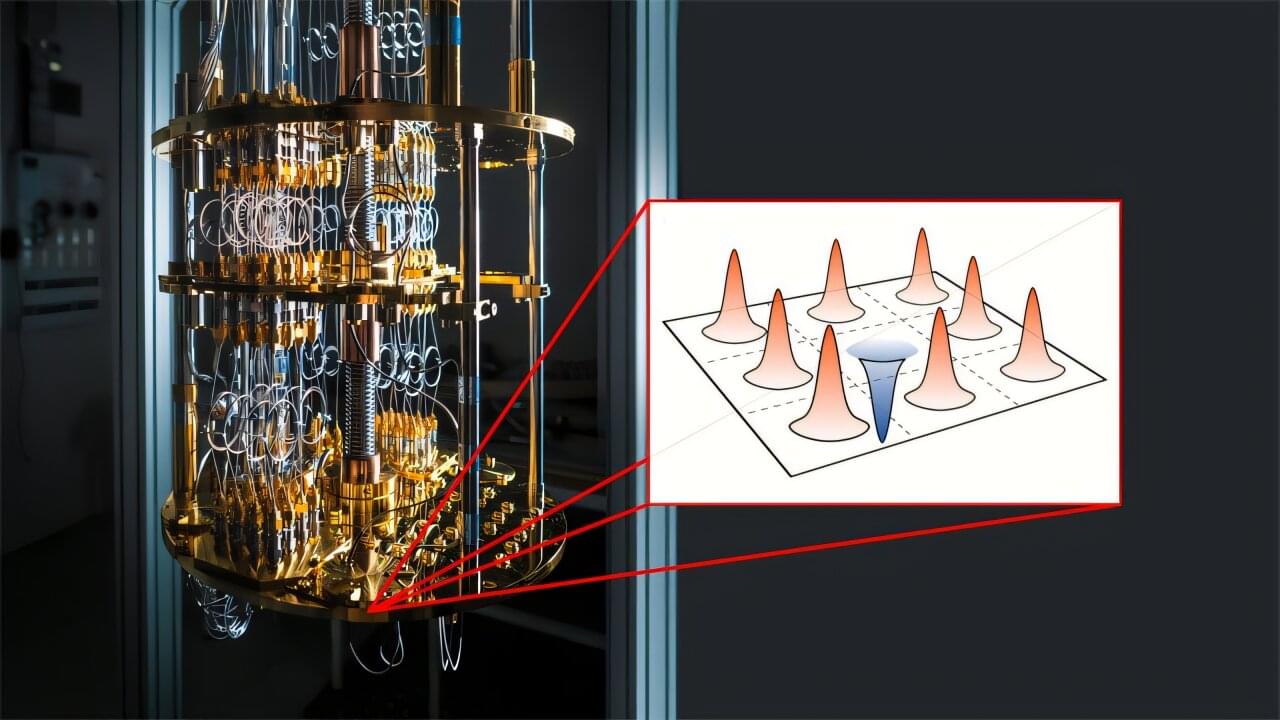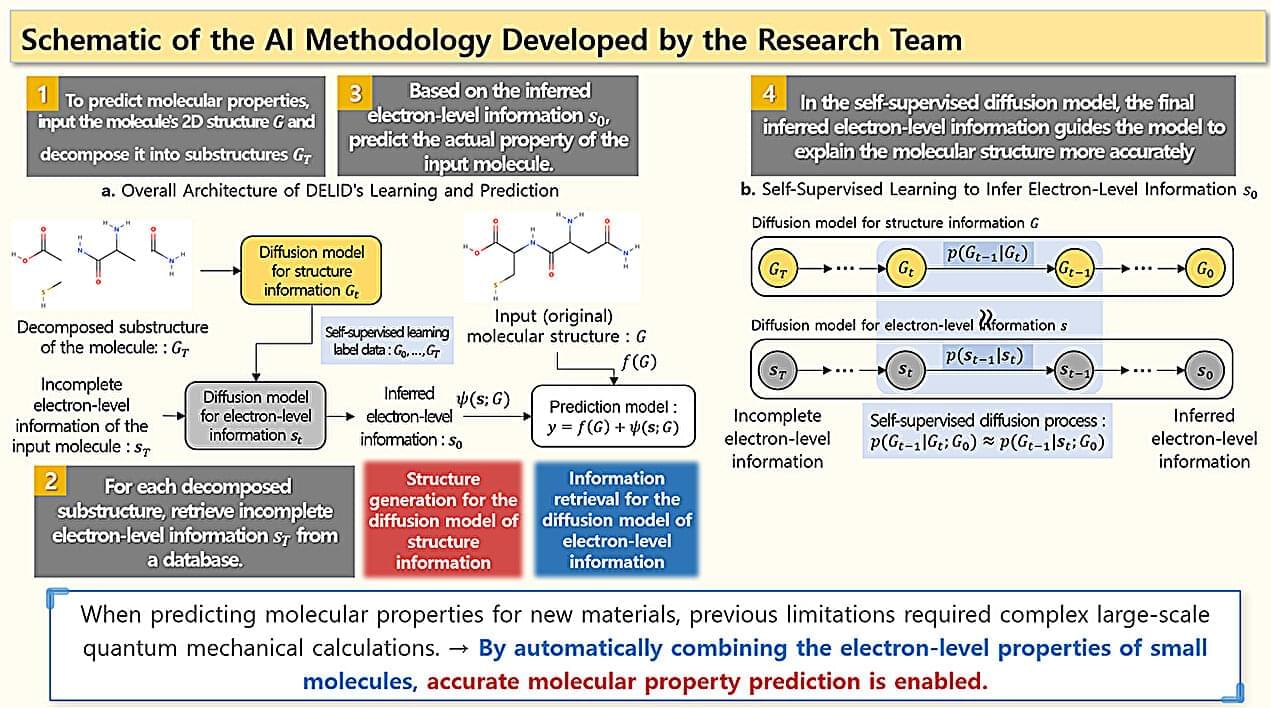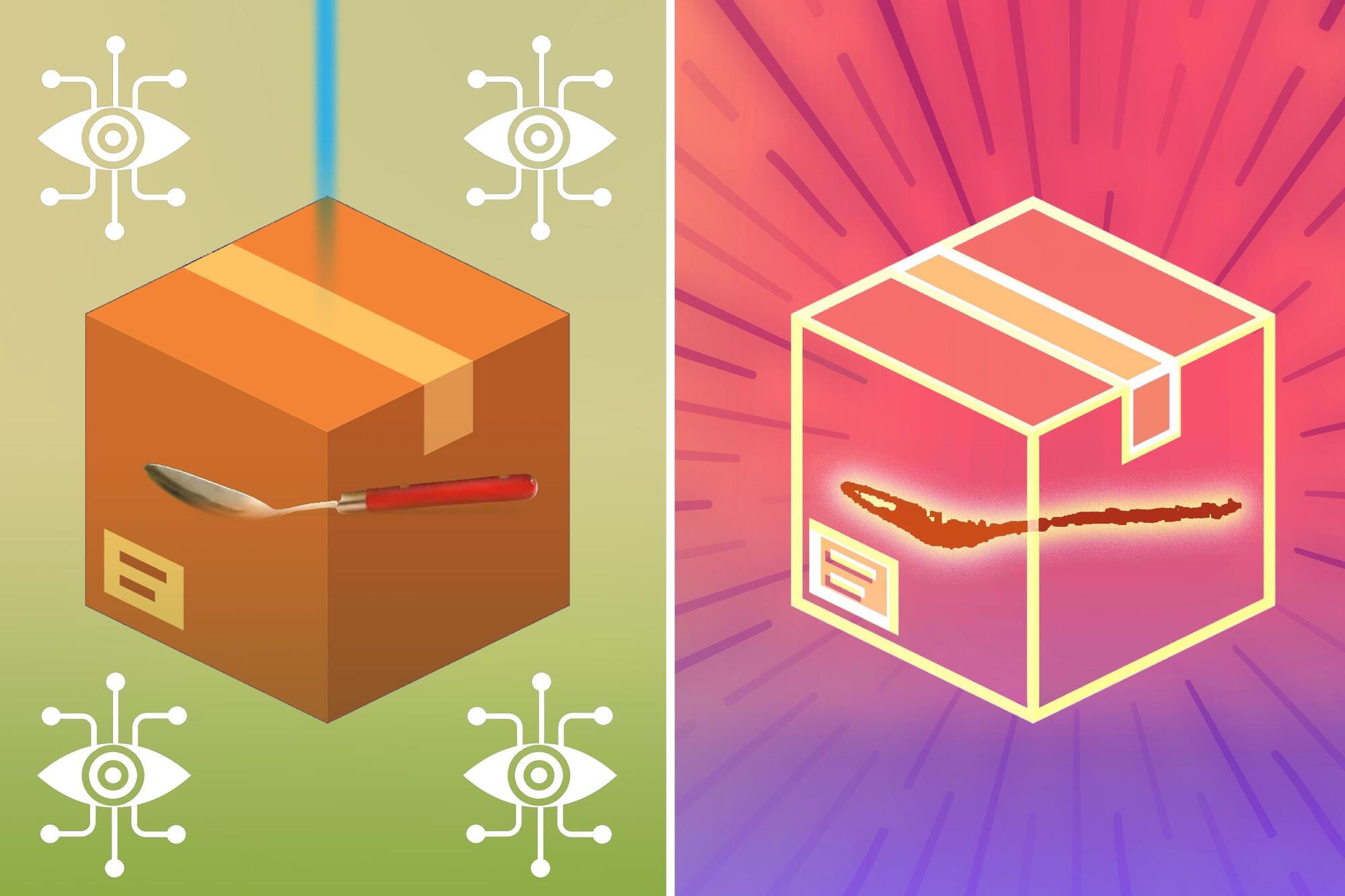Meta’s Superintelligence Lab has assembled a world-class team of AI researchers from institutions like OpenAI, DeepMind, and Google. Their educational paths—often beginning in top universities in China or India and leading to elite Western institutions—reflect the global and interdisciplinary nature of AGI development. This article explores their academic journeys, highlighting how rigorous training in mathematics, computer science, and safety research underpins the next frontier of artificial intelligence.









